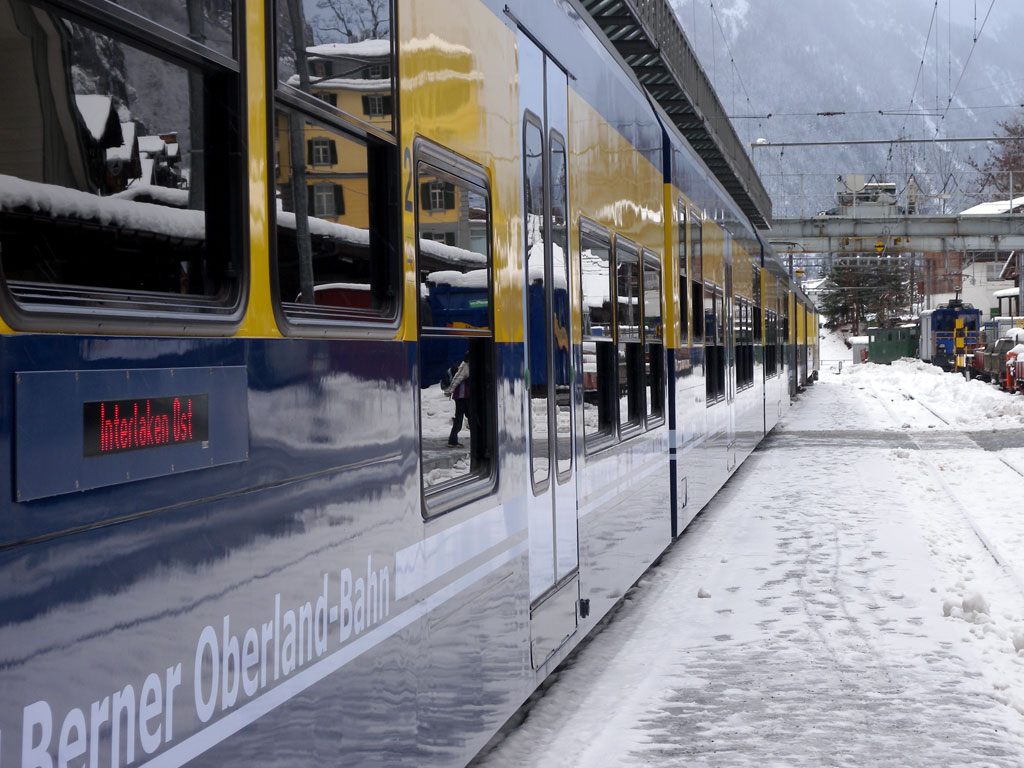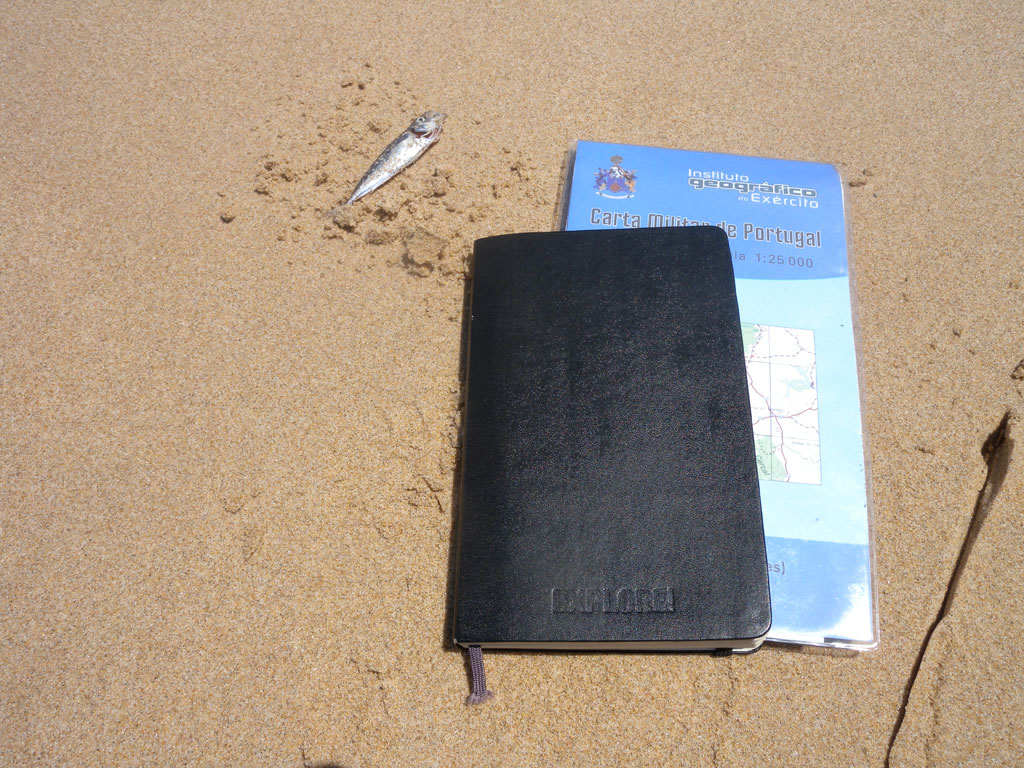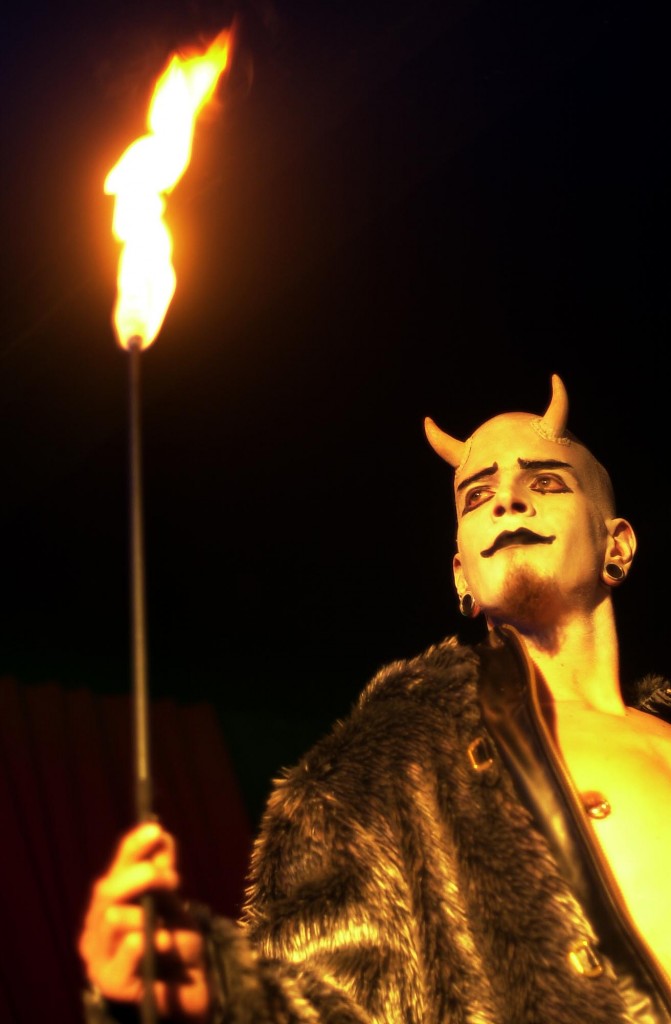
* The World Economic Forum opens in snowy Davos this week. Here’s an old piece – pre Leveson – about the annual CEO shindig.
Follow me on Twitter, or subscribe to the RSS, for weekly updates from my travel-writing archive in the year to come.
Brace yourself Switzerland.
The 13,000-strong Alpine resort of Davos-Klosters will host the World Economic Forum this week.
Based around the theme, Shaping the Post-Crisis World, the event will bring together some 2,500 of the world’s brainiest eggheads, including 1,500 senior business executives from around the world, 200 government representatives, 30 or so leaders of international NGOs and, crucially for a frisson of paparazzi fervour, 20 so-called ‘cultural leaders’.
Klaus Schwab, then Professor of Business Policy at the University of Geneva, now the Forum’s Executive Chairman, founded the Forum in 1971 in Davos, Europe’s highest-altitude town.
The snow-shrouded Swiss mountains have offered a winter-wonderland backdrop to the event ever since with landmark encounters at the Forum including the 1992 meeting between South African President F.W. de Klerk and Nelson Mandela.
So, to celebrate this year’s Forum, we ask, “From blue skies thinking to blue skies playing. Which kind of Davos player are you?”
Rupert Murdoch
Murdoch will be one of the co-chairs of the 2009 event and will doubtless find this Alpine enclave the ideal hideaway to plan his next move towards world domination.
Better still, the 77-year-old newspaper baron is in good company with the resort inspiring a tradition of literary greats: Robert Louis Stevenson finished Treasure Island while convalescing here in 1881; Sir Arthur Conan Doyle penned a few Sherlock Holmes tales and found time to lay out Davos’ first golf course.
But it’s the German novelist Thomas Mann who is most closely associated with Davos-Klosters. His Davos novel, The Magic Mountain, was first published in 1924.
Media players can take some time out from the Davos Congress Centre to walk the new Thomas Mann Path through the mountains.
Of course, any self-regarding Australian trend setter wouldn’t be caught dead in one of the resort’s mere hotels. Strewth, mate.
So Mr. Murdoch may be interested to learn that Descent, the luxury chalet company, has a new, über-luxurious property in Davos-Klosters. Tivoli Lodge is a design-led, fiercely discrete chalet, just a two-minute drive – chauffeured, ‘natch – from the centre of Davos Dorf.
It boasts a home cinema and a study, from where to taunt cowering editors about their front-page splash. Afterwards, make a splash yourself in the spa complex with its hot tub and indoor pool.
Finally, round off another power-brokering evening with your co-chairmen at Hubli’s Landhaus, a Michelin-starred restaurant in the tiny village of Laret, just outside Davos.
Expect great local fish and game, served amid a high-powered ambiance.
Bono
The Forum has courted a more rock’n’roll vibe in recent years with the likes of Bono, the larger-than-life U2 frontman, who seamlessly blends philanthropy with lobbying, a high-profile former attendee.
Away from the deal-sealing meetings, Davos-Klosters is perfect for some adrenaline-pumping high jinx of rock star-esque proportions. With 54 ski lifts, 320km of slopes and 75km of cross-country ski tracks, located at altitudes between 1,124 and 2,844m, the six Davos-Klosters ski areas are a winter sports Mecca.
The Jakobshorn slope is the in place for snowboarders with its half-pipe and monster pipe constructions, while the municipality of Wiesen is home to a 1500m sq open-air ice rink, the venue for a spot of ice-stick shooting, an Alpine take on curling.
Alternatively, join a Ride-the-Night-on-Snow event with full-throttle night skiing on the Parsenn slopes.
Given the peripatetic life on the road, even an international jet-setter likes a bit of home comfort sometimes and Chesa Grischuna, an elegant, frescoed, chalet-style hotel in the centre of Klosters, offers them – and then some.
Combining local wood carving with modern amenities, the cosy Sali lounge can be turned into a VIP area for a wannabe rock god to hold court about saving the planet.
Later that night, invite a select group of business groupies to join up for some high-altitude fine dining at Bruhin’s Weissfluhgipfel, a restaurant located at the highest point in Davos-Klosters –that’s 2,864m, since you ask – before moving on to Davos Platz for late-night drinks and a bawdy karaoke version of With or Without You.
Cabanna Club, Cava Grischa at the Hotel Europe and Ex-Bar are the in places and stay open until late.
Angelina Jolie
The Forum loves a sprinkle of Tinseltown stardust and Angelina brought it in spades a few years back.
For the international humanitarian who skips from red carpet to UNICEF refugee camp in one dainty turn of Jimmy Choos, accommodation has to be both holistic as well as glamorous.
Step forward then the new Iglo Village. Located on the Davos Parsenn ski slopes, its 17 separate igloos are built for discrete privacy yet offer international hotel-style services when you emerge from your pod.
The Romantic Plus igloo, ideal for a sub-zero tryst with Brad Pitt, offers a guided nighttime snowshoe trek followed by a gourmet fondue dinner before retiring to your igloo for a dip in the heated whirlpool bath.
Many of the A-List-hangout eateries around the resort can get a bit sniffy about arriving en famille with your brood of sprogs adopted from various Southeast Asian countries.
One place that combines great food with family-friendly service, however, is the art-deco restaurant Flüela-Stübli at the Hotel Flüela. Melt-in-the-mouth veal dishes for the ‘rentals, special menus for the kids and quality time Hollywood style for the whole family.
The holistic approach also extends to Davos-Klosters’ biggest draw away from the slopes: wellness.
Davos first came to prominence in the 1860s when Dr Alexander Spengler championed the clean mountain air for convalescing tuberculosis sufferers.
Today there are around 500 clinics in Davos-Klosters alone, so after a hard day of pressing the flesh at the Forum, it’s time to indulge in some serious pampering.
The original Wald Sanatorium, dating from 1911, is now the slick Waldhotel Davos. Located in a peaceful location on the edge of a forest, it boasts an indoor saltwater grotto and lymph drainage therapy.
Drain away then wear the contents in a vial around your neck afterwards – that’ll impress the bankers.
Mervyn King
British captains of industry, like our very own Governor of the Bank of England, are in a tight spot.
With the British economy going down the pan, Mervyn King can’t be seen to be flogging his expenses account too hard. But how can a financier with a taste for the good life do Davos on a budget and still keep up with the Euro-Jones’?
Well, Davos-Klosters does have some budget-conscious accommodation. The Allod Park Apartments in Davos Platz offer simple but centrally located serviced suites from £375 a week for two bedrooms.
You can even order fresh bread rolls to be delivered each morning. Hearty but good-value food is also available at the local stübli, rustic Alpine eateries for high-carb, low-priced food. One of the best is Walserhuus Sertig, a family-run restaurant with venison and meat fondues from £6 per person.
Going on the piste can be a pricey affair – budget £34 for a one-day ski pass, plus around £20 for ski and boot hire.
So better arm yourself with a stout pair of shoes and experience the perfect still of the Davos-Klosters mountains by following the resort’s 84km of pristine snow-shoe trails.
The après-ski action could push the most prudent of banker into their own mini credit crunch, so instead of joining the beautiful people at Audi’s Graströchni on red piste 21, head over to the Monstein Brewery, the highest brewery in Europe. The Brewer’s Aperitif tour costs £19 and ends with a drink-your-fill, hic, tasting session.
Finally, if it all gets too much, throw caution to the sub-prime wind and place your last Swiss Franc on black 17.
The casino in Davos is open until late and the drinks are cheap.
Gazetteer
Davos-Klosters Tourism
World Economic Forum
This story was first published in the Voyager magazine in January 2009. Liked this? Try also Riding the Post Bus in Switzerland.
Post your comments below.


